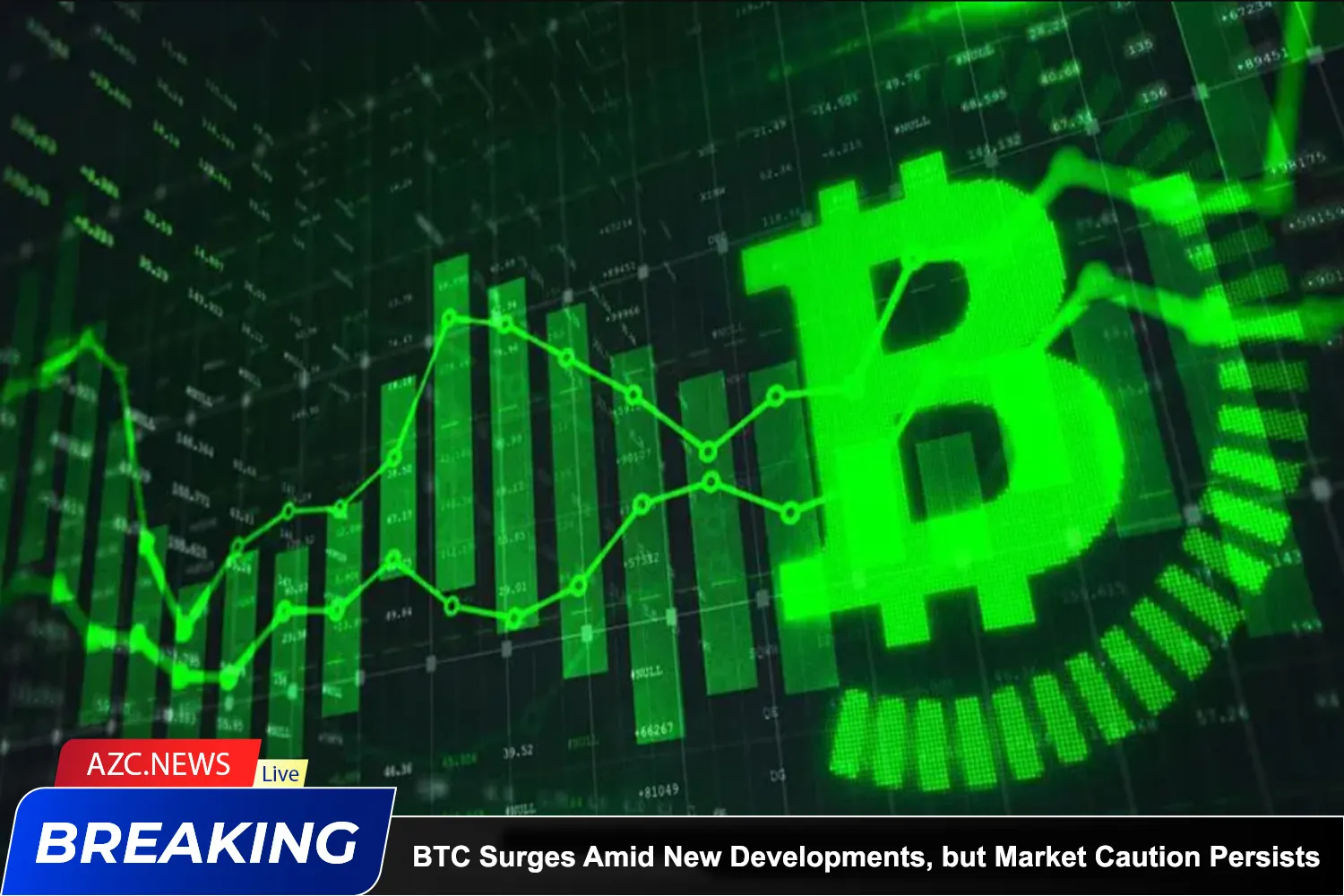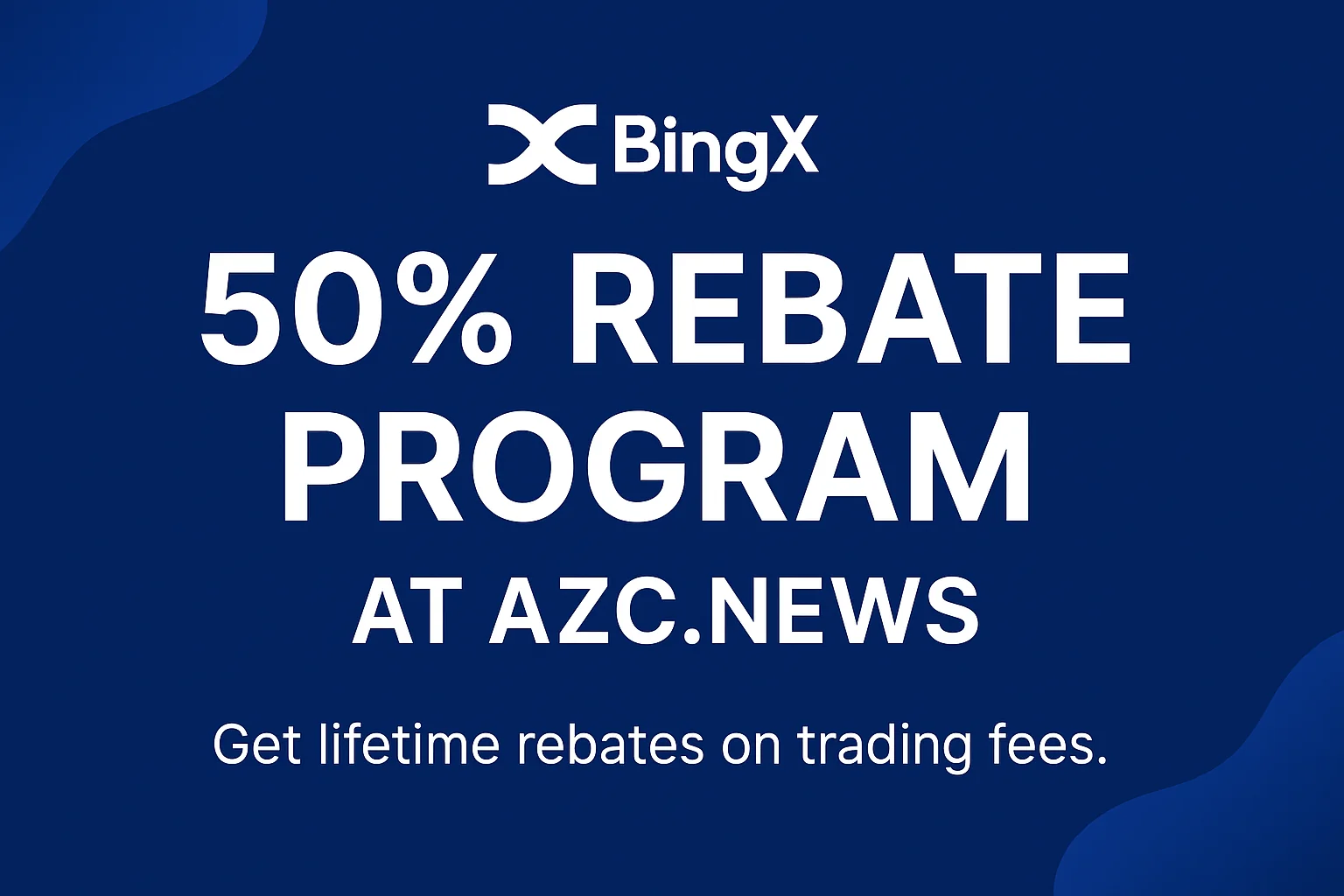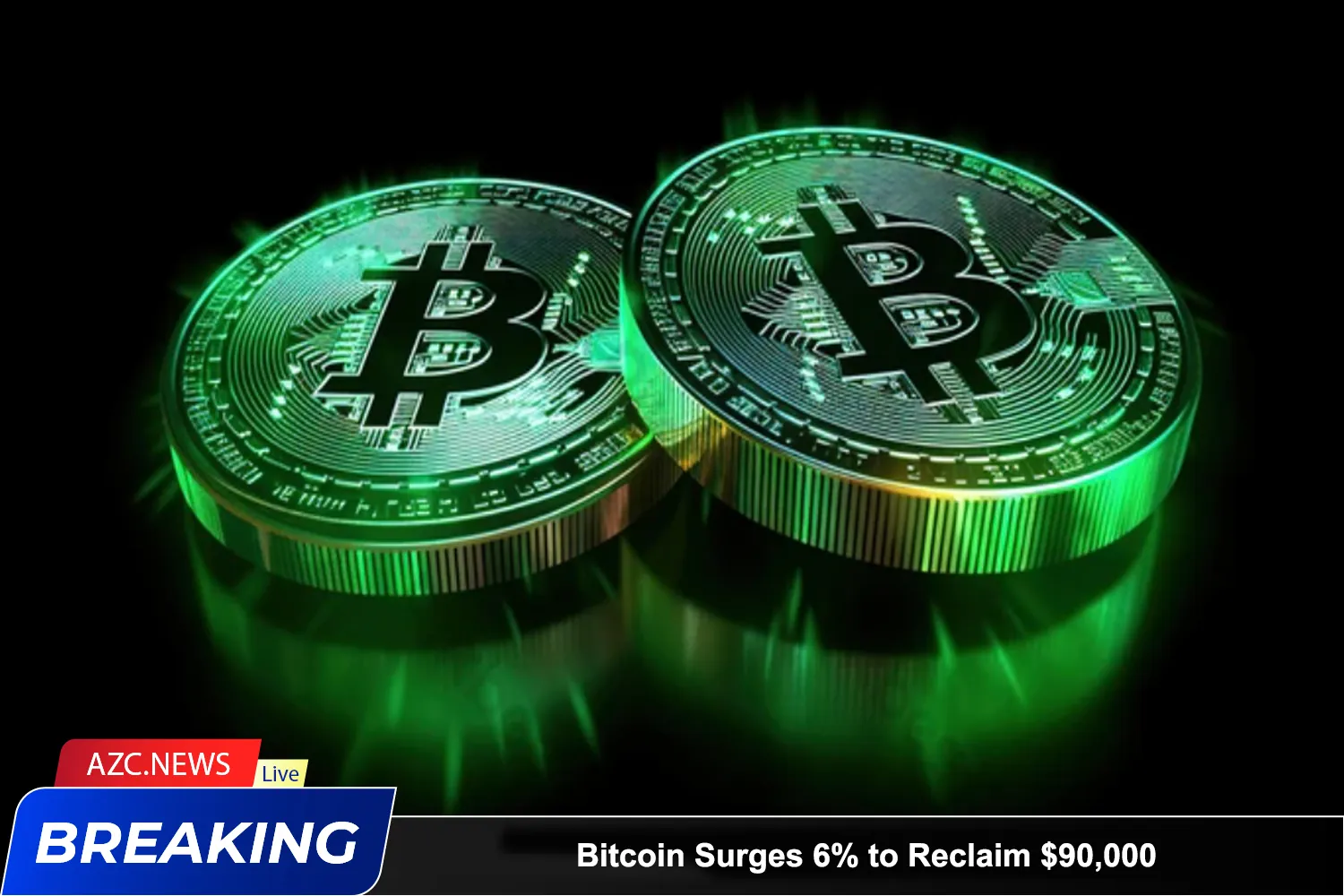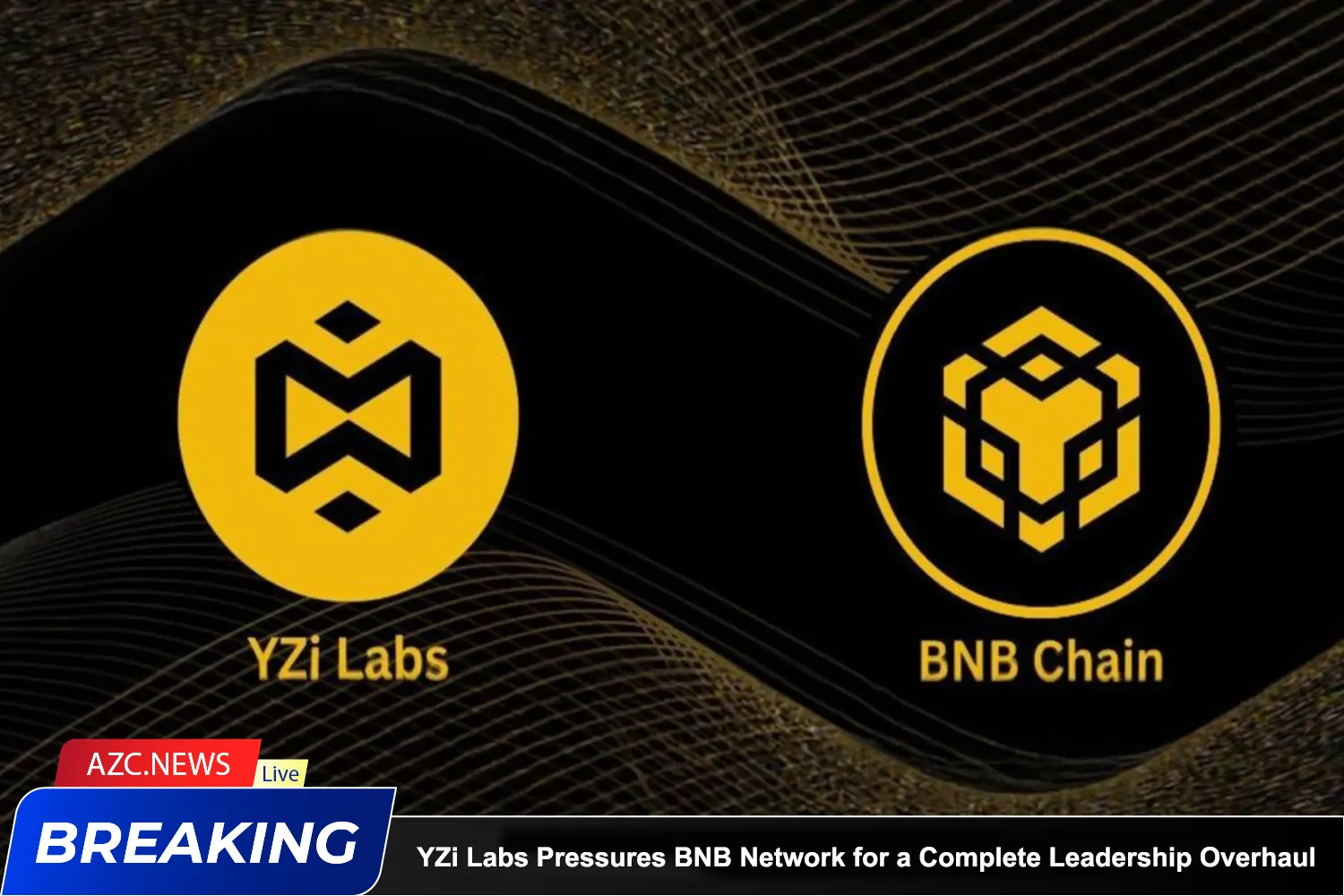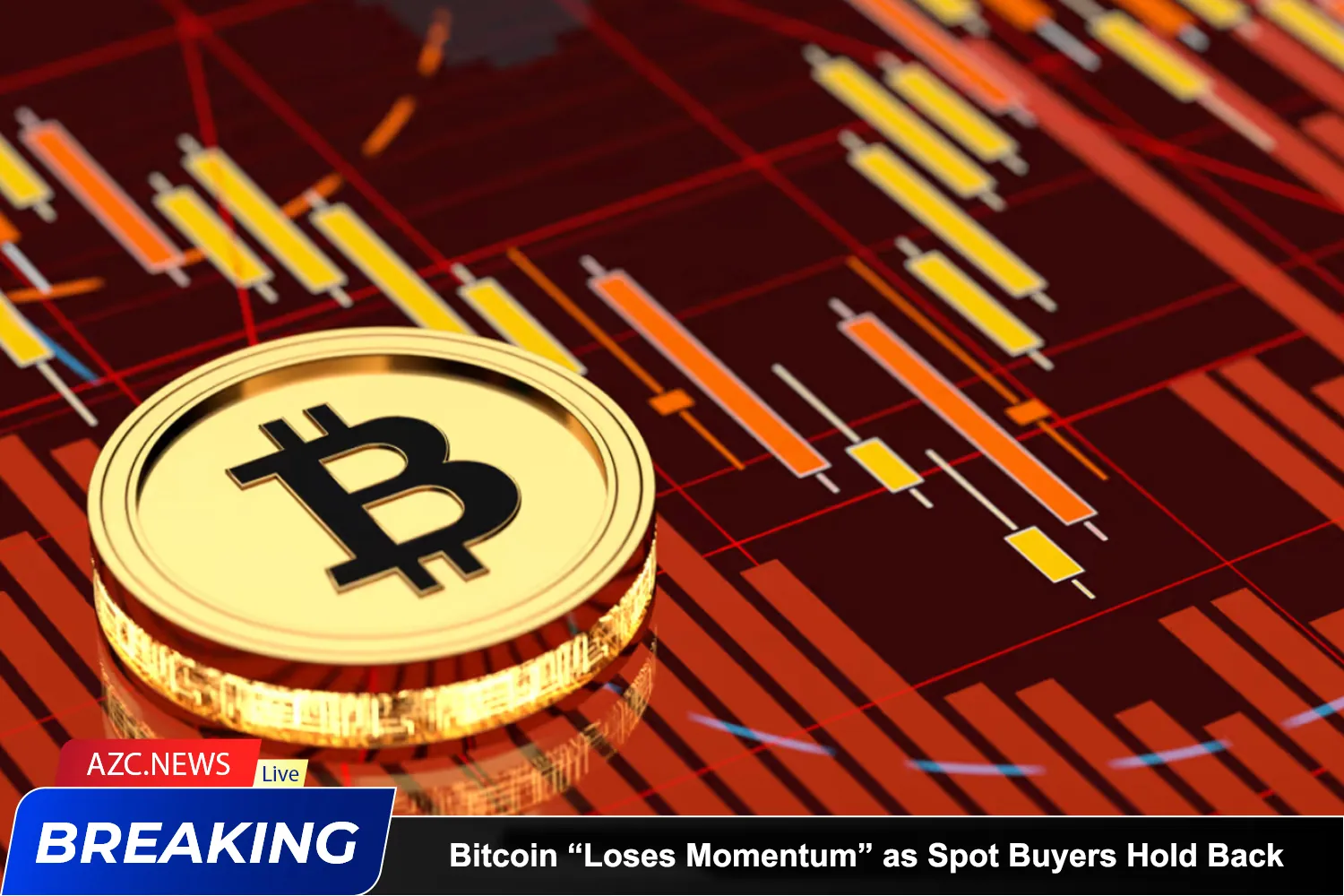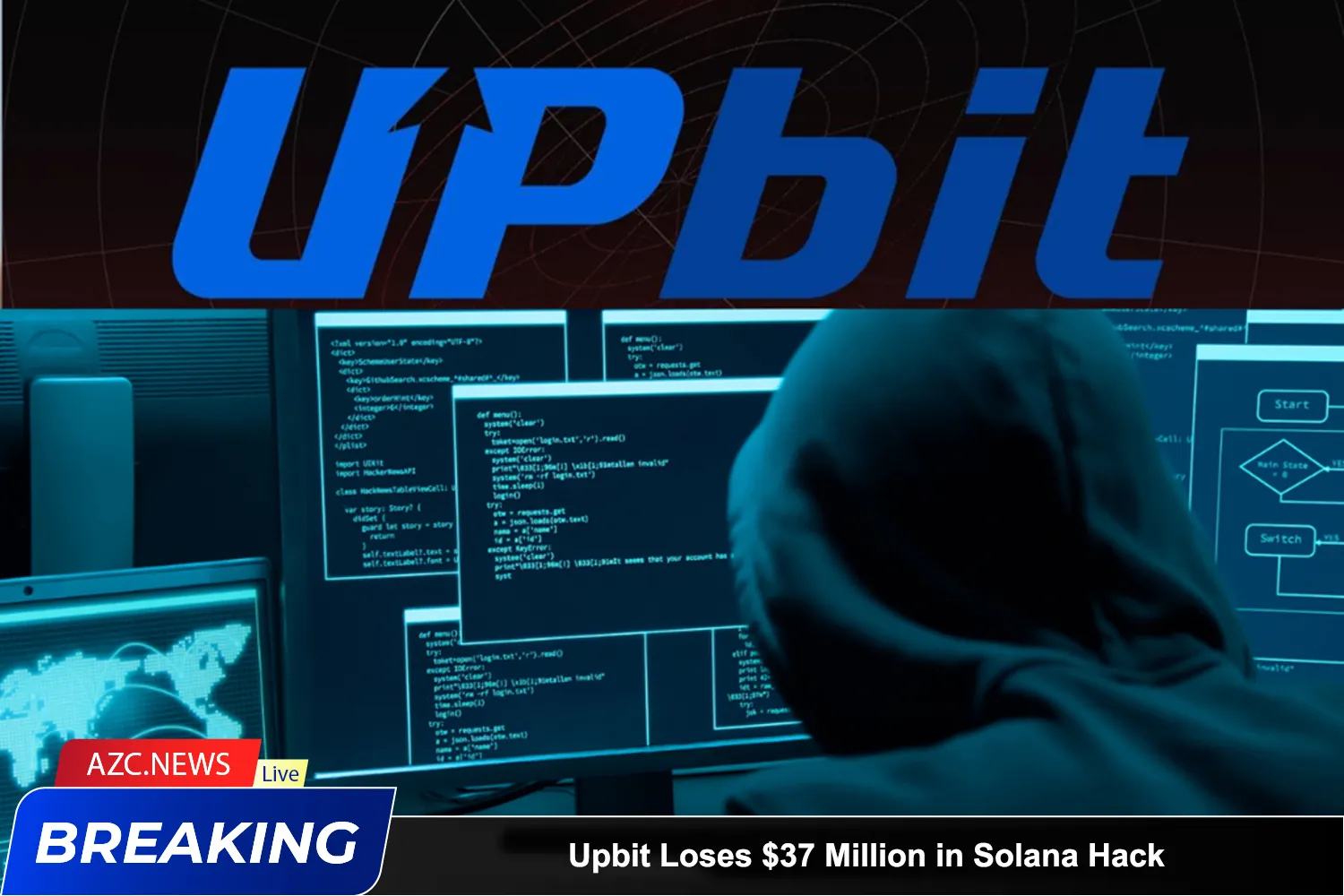Bitcoin responded swiftly to recent market developments, surging over 8% in less than an hour to reclaim the $83,000 level — a price last seen on April 6. Simultaneously, the S&P 500 also recorded a strong 8% gain, reflecting a broad-based reaction across financial markets. However, Bitcoin’s derivatives indicators have yet to signal a definitive upward trend, underscoring investors’ cautious sentiment amid continued volatility in the U.S. long-term government bond market.
The futures premium for Bitcoin has edged slightly above the neutral 5% mark but struggled to sustain momentum. Even so, this remains a positive shift compared to the 3% low recorded on March 31, suggesting that speculative confidence is gradually recovering after several failed attempts to push the price below the $76,000 support level.
To assess whether this cautious stance is limited to monthly futures and options, analysts have turned their focus to perpetual futures — also known as inverse swaps. These instruments closely track spot prices and rely on funding fees adjusted every eight hours. In a neutral market, the funding rate typically ranges between 0.4% and 1.4% over 30 days.
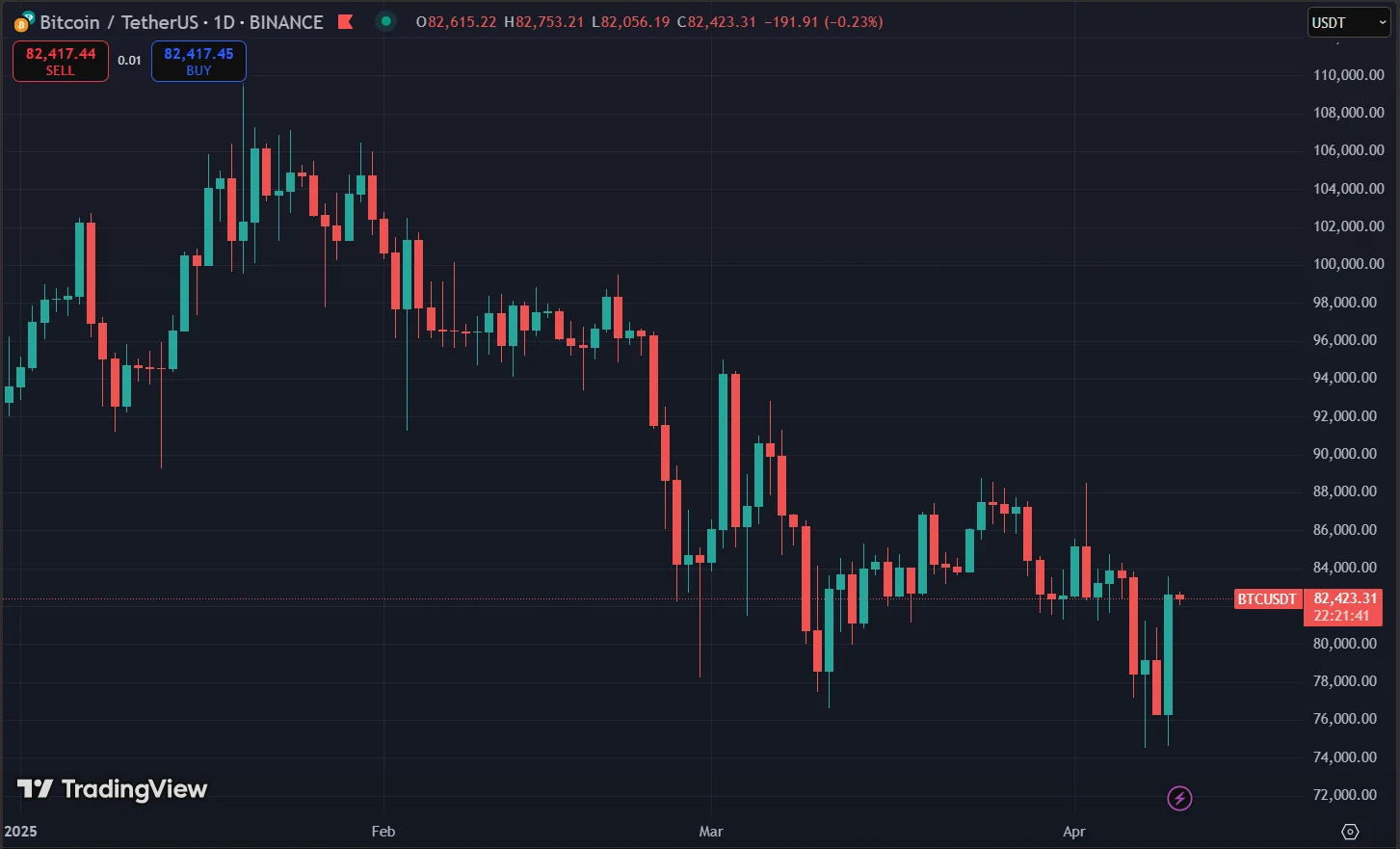
As of April 9, the 30-day average funding rate for Bitcoin perpetual futures had risen to 0.9% — the highest level in over six weeks. While this may indicate a return of retail investors, it still falls within the neutral zone and isn’t yet strong enough to confirm a bullish trend.
The general alignment among Bitcoin’s derivative indicators suggests that the U.S. decision to pause new tax measures has not been sufficient to ignite market optimism, especially amid ongoing trade tensions with China.
At this stage, it remains unclear what could act as a catalyst for a sustained rally. However, should macroeconomic uncertainties begin to ease — such as a decline in the 10-year U.S. Treasury yield — it could serve as a pivotal factor in shifting market sentiment toward a more bullish outlook for cryptocurrencies.

